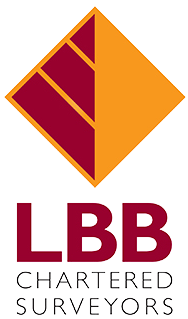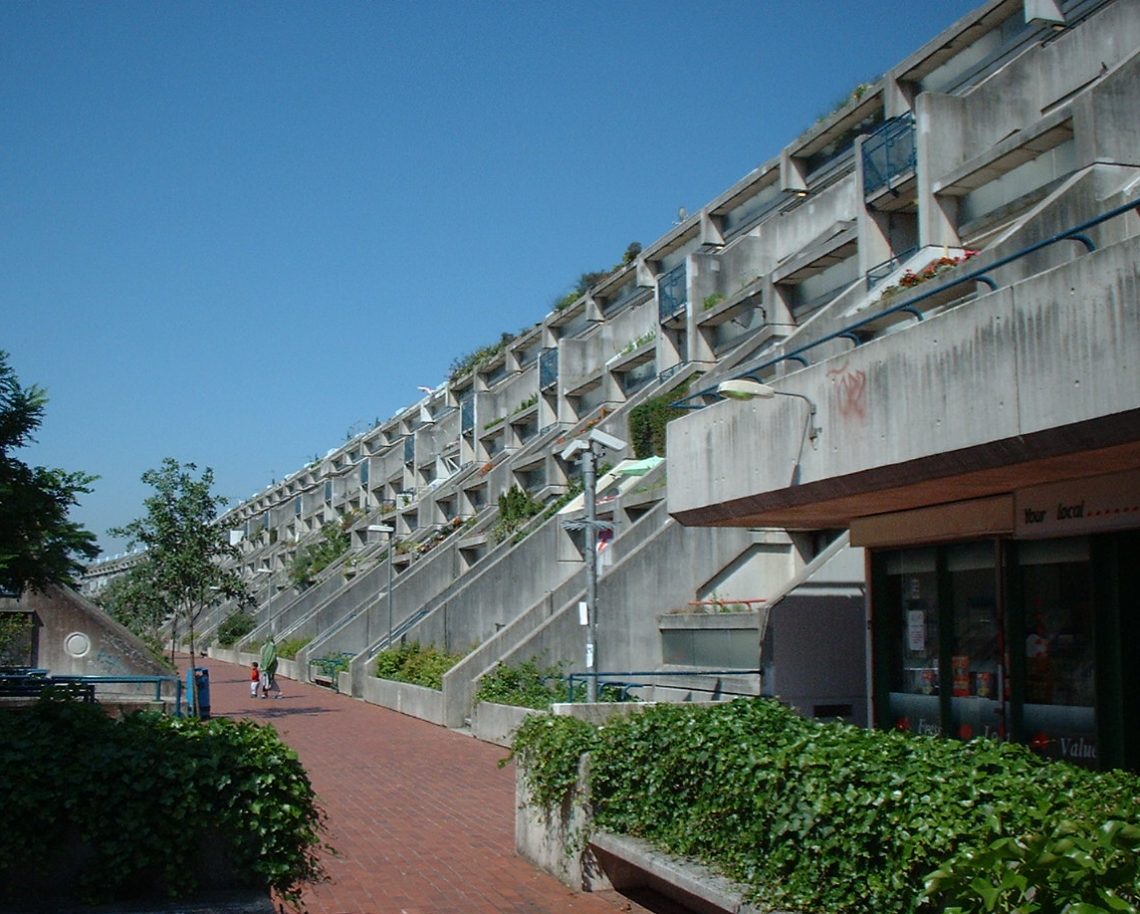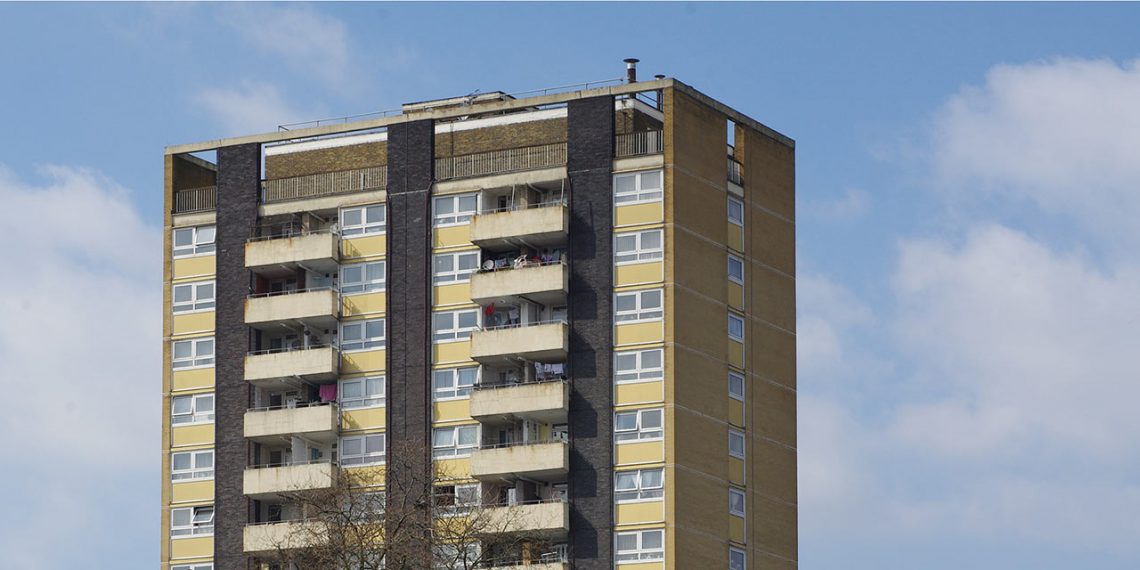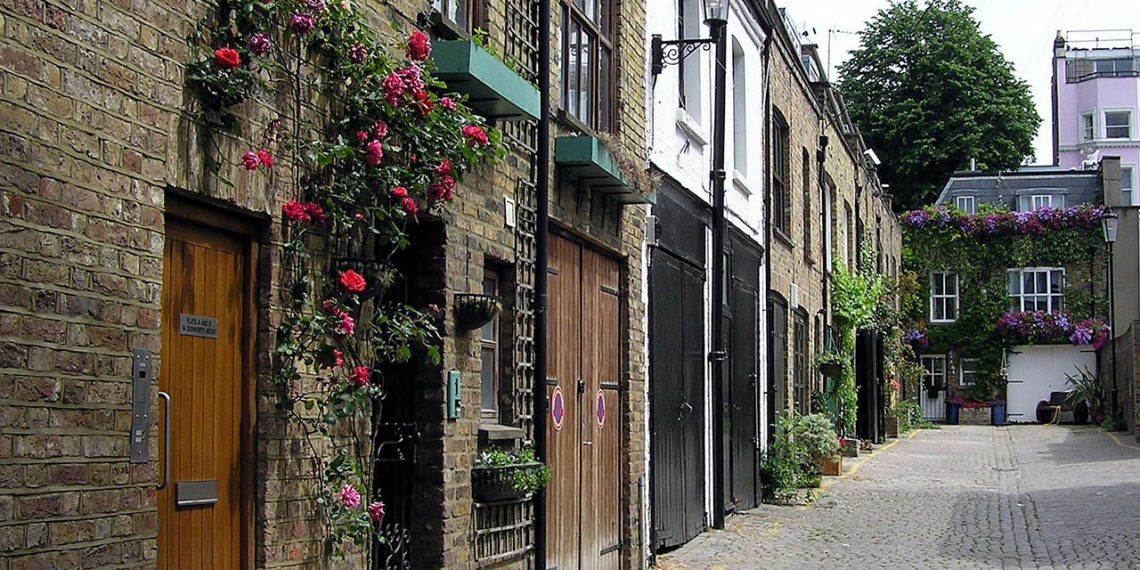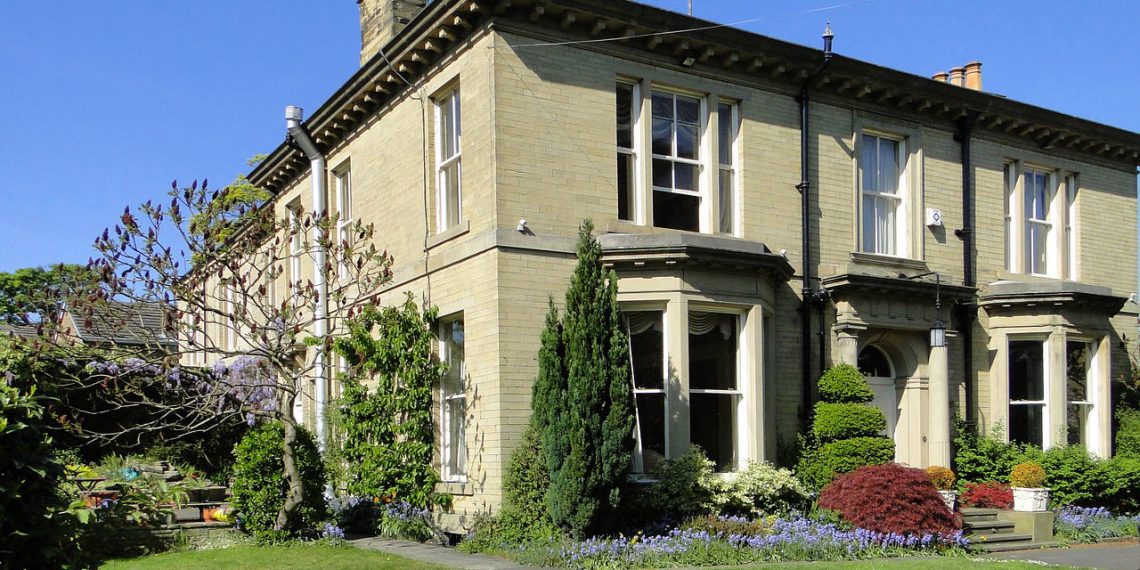What are Qualifying Premises?
A self-contained building or part of building. There must be 2 or more qualifying tenants. The total number of flats held by such tenants must not be less than 2/3rds of the total number of flats contained in the premises.
What are Excluded Premises?
These have parts with non-residential use – i.e. internal area of the non-residential part (normally commercial i.e. a shop or parade of shops) exceeds 25% of the internal floor area of the premises (taken as a whole).
Or perhaps there is Resident landlord. If there is a resident landlord you can still enfranchise the building if it does not contain more than four units. But there are 3 conditions to satisfy: it must be a conversion and not a purpose-built block; the same person must have owned the freehold since before its conversion to two or more flats; also, that person (or an adult member of his family) must have occupied the premises as their only or principal home throughout the period of 12 months ending with the service of the notice to enfranchise.
Other excluded premises include buildings where there are railway track in or under the grounds.
What are Qualifying Tenancies?
The only real condition now is that the original leases must have been more than 21 years.
There are exclusions, such as Multiple Tenancies – i.e. if a person (alone or with others) is a qualifying tenant of at least three (3) flats it is treated as though there are no qualifying tenants of those flats.


